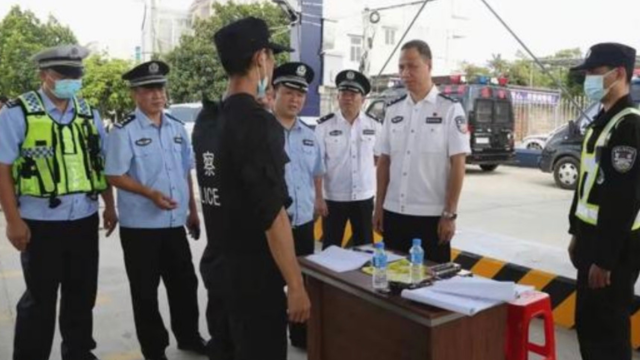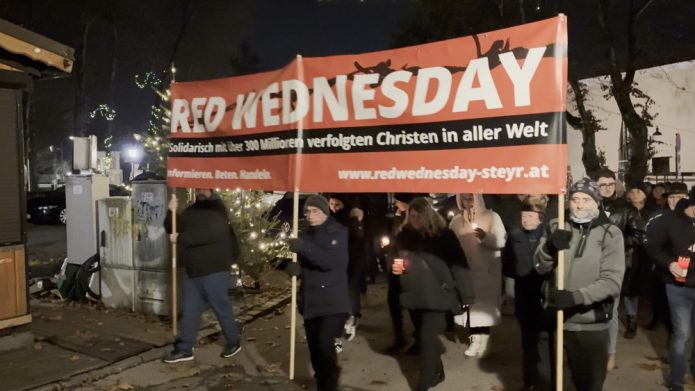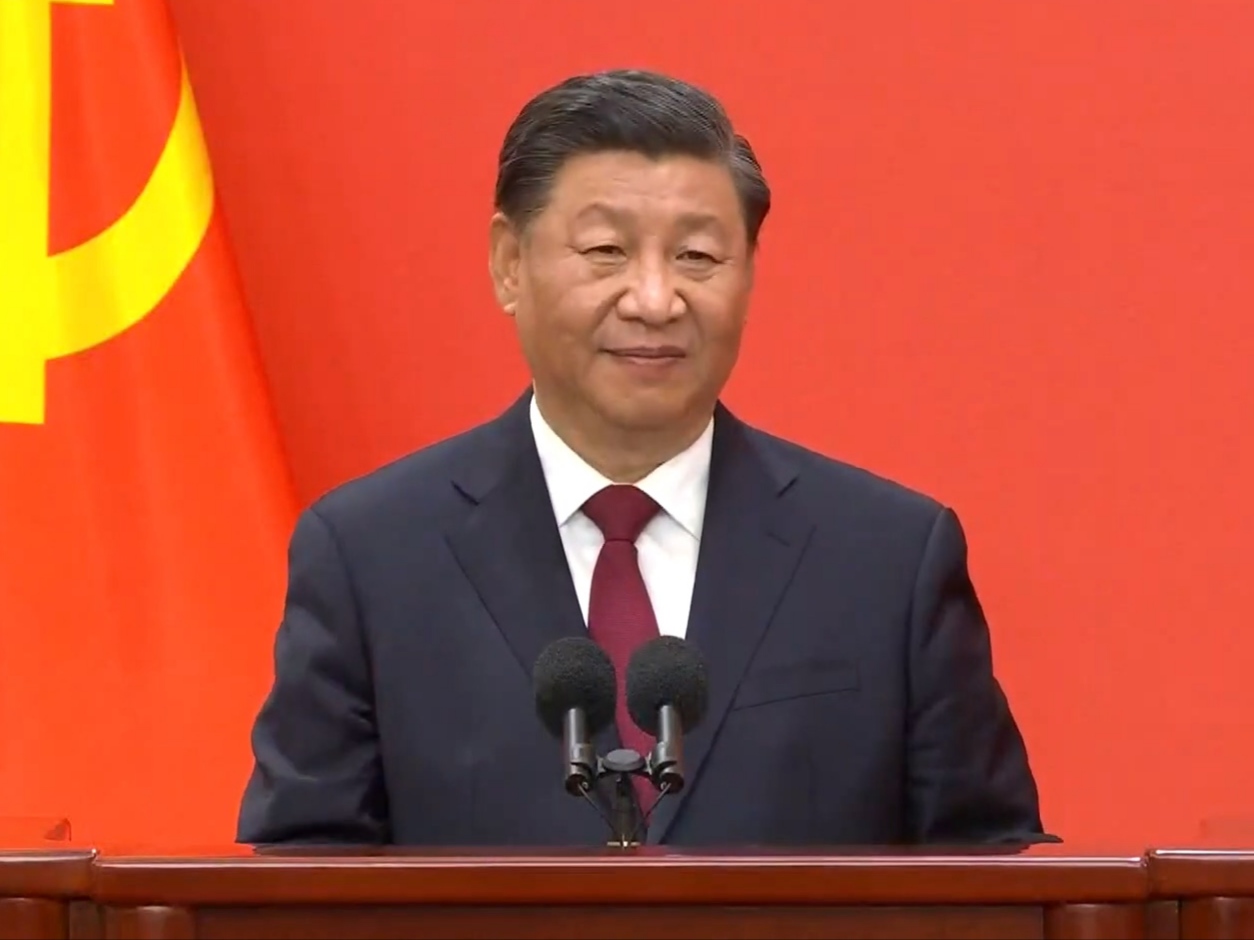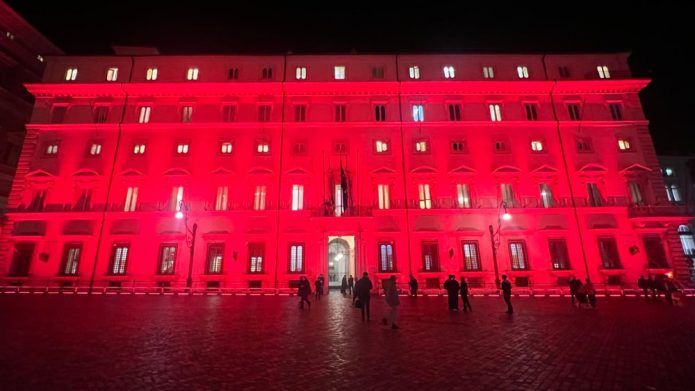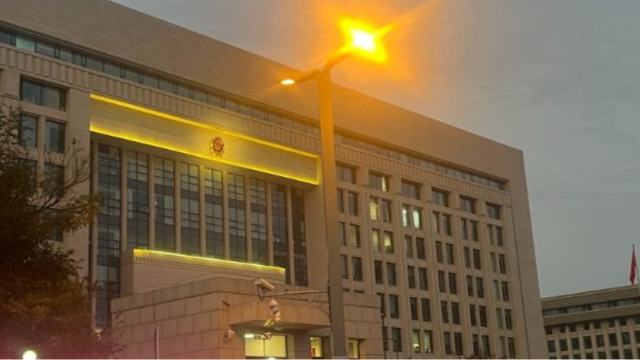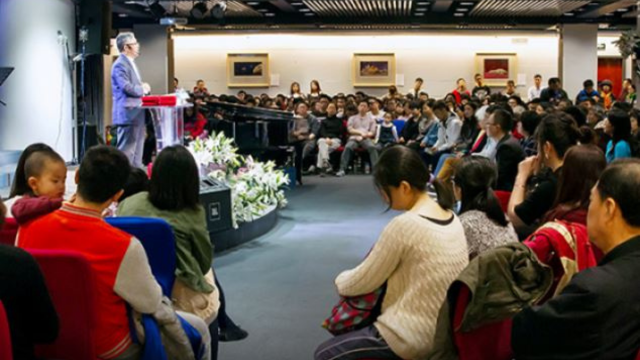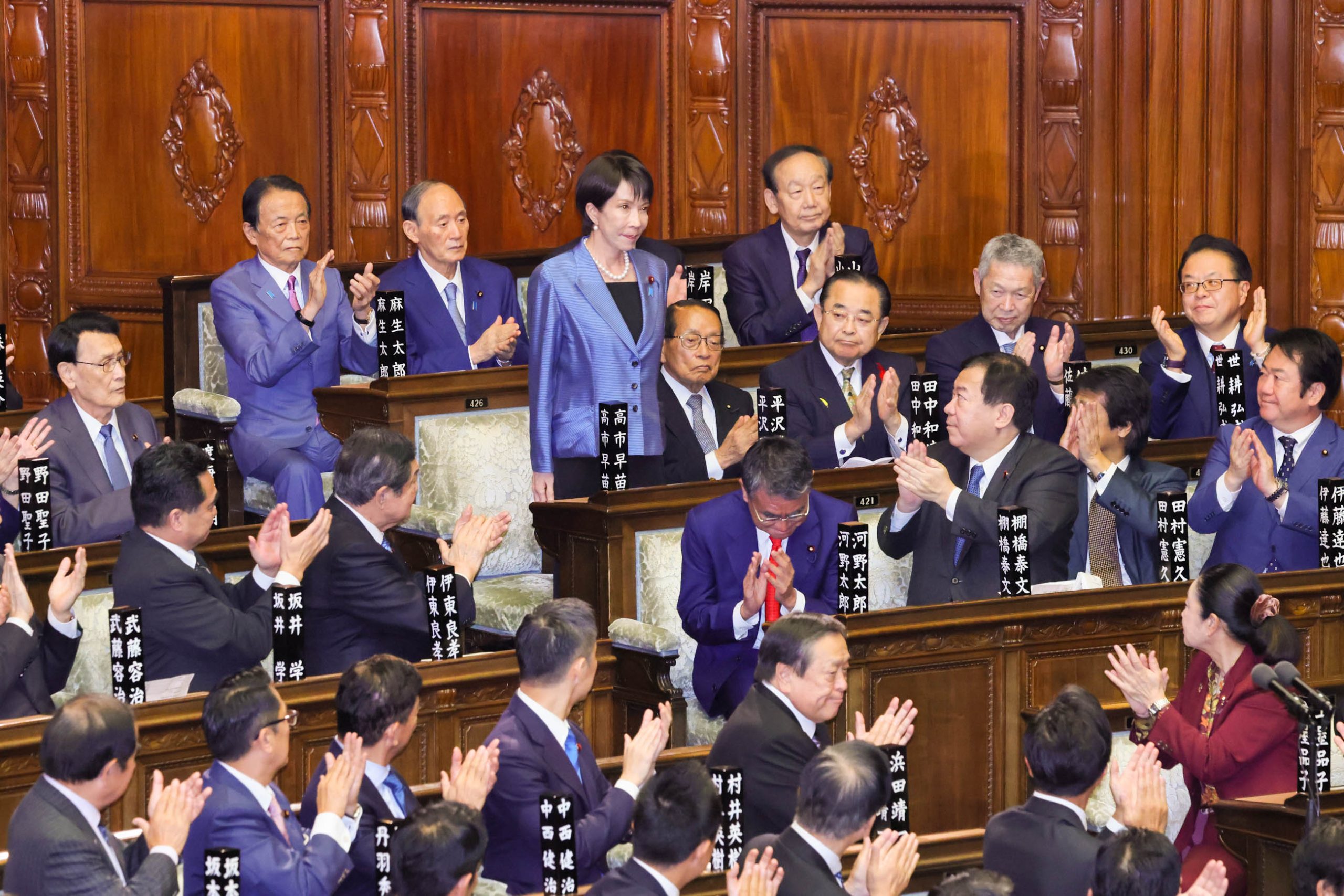With the ease of pandemic restrictions, the CCP intensifies its mosque “sinicization” campaign in areas inhabited by Hui Muslims.
by Ma Xiagu
In Ningxia Hui Autonomous Region, one of the major areas in China populated by Hui Muslims, many mosques have been rectified since President Xi Jinping launched the Islam “sinicization” campaign. It did not stop even during the coronavirus outbreak.
The Yuehai Great Mosque in Yinchuan, the region’s capital, is one of the iconic buildings in Ningxia. It was celebrated for its exquisite structures and unique characteristics, and four 68-meter-tall minarets surrounded its main white-colored building. According to a Hui Muslim resident, the government sent workers on June 28 to start “sinicizing” the mosque. Two days later, scaffolding surrounded the four minarets intended for removal. The authorities ordered to finish the rectification in two months.
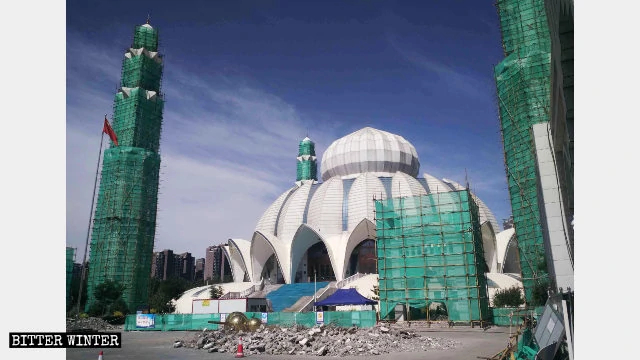
“The government is oppressing the Hui people,” the resident said. “It pressures its people; anyone could be arrested for an improper remark.”
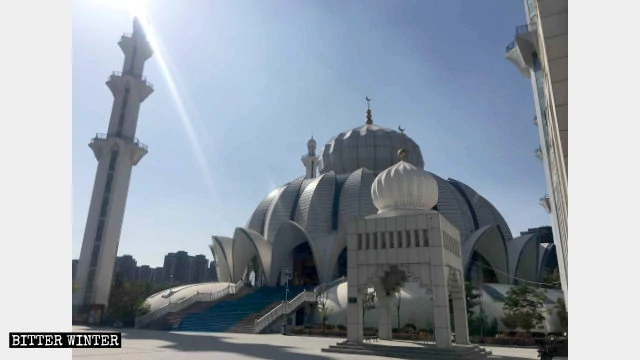
A local government employee told Bitter Winter that the government’s policy to “sinicize” mosques is narrow-minded. He believes that this energy could be better spent on preventing the spread of the coronavirus.
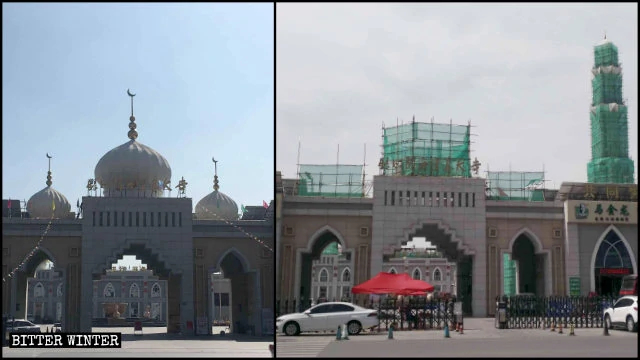
Like in Ningxia, mosques in the northeastern province of Jilin are also subjected to “sinicization,” as Islamic symbols disappear across the area.
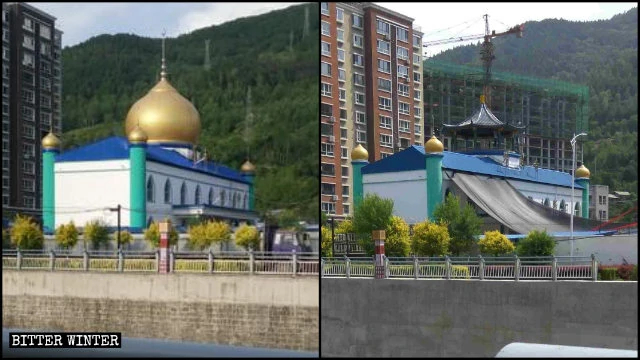
In early July, the dome of a mosque in Jilin’s Baicheng city was demolished, and its indoor Arabic-style windows are planned to be changed to resemble a more traditional Chinese style. A local Muslim commented that the converted mosque now looks like an office building. According to him, the rectification cost over one million RMB (about $ 140,000).
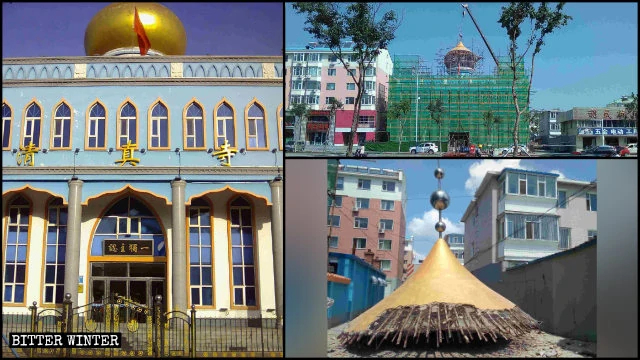
At the start of June, the dome of a mosque in the Kuancheng district of Changchun, the capital of Jilin Province, was also demolished. A resident said that the city’s Religious Affairs Bureau has been exerting pressure on the mosque since March, demanding to replace the dome with a Chinese-style hexagonal pavilion.
Confronted with the government’s hardline mosque rectification policy, local Muslims feel repressed. “We don’t dare to speak about it,” an imam in Changchun said helplessly. “If we do, we could be arrested. Domes are demolished because the central government pressures local authorities to implement its orders.”
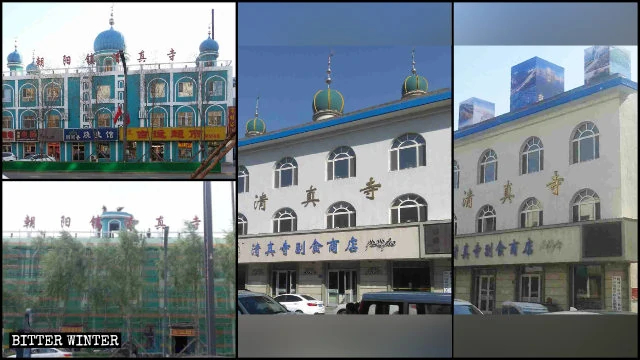
“Domes and star-and-crescents are important symbols of Islam,” explained an imam from Jilin’s Dunhua city, whose mosque also received a rectification order. “Xi Jinping vigorously promotes the ‘sinicization’ of religion; it feels like the second Cultural Revolution. There is no religious freedom in China.”
Numerous mosques in the central province of Henan were also rectified amid the pandemic. The dome and star-and-crescent symbols were removed from a mosque in Zhongtou town, administered by Jia county in the prefecture level-city of Pingdingshan, in February. The mosque’s roof was changed into a Chinese-style structure in May.

In April, the domes and crescent symbols of two mosques in Henan’s Yuzhou city were demolished. “The city government issued a document ordering to rectify the domes of all mosques,” a community committee official in the city said. A local Muslim added that people are forced to obey all orders from the government, no matter how unreasonable they are.
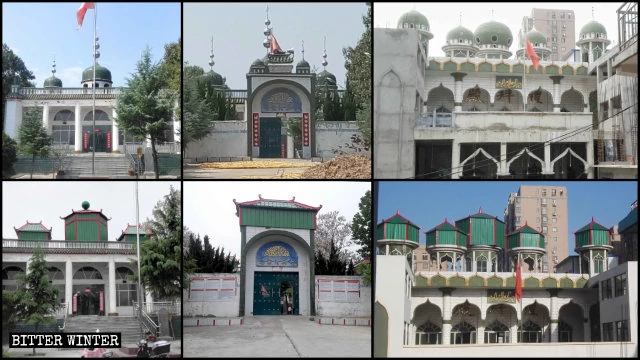
Source: Bitter Winter



